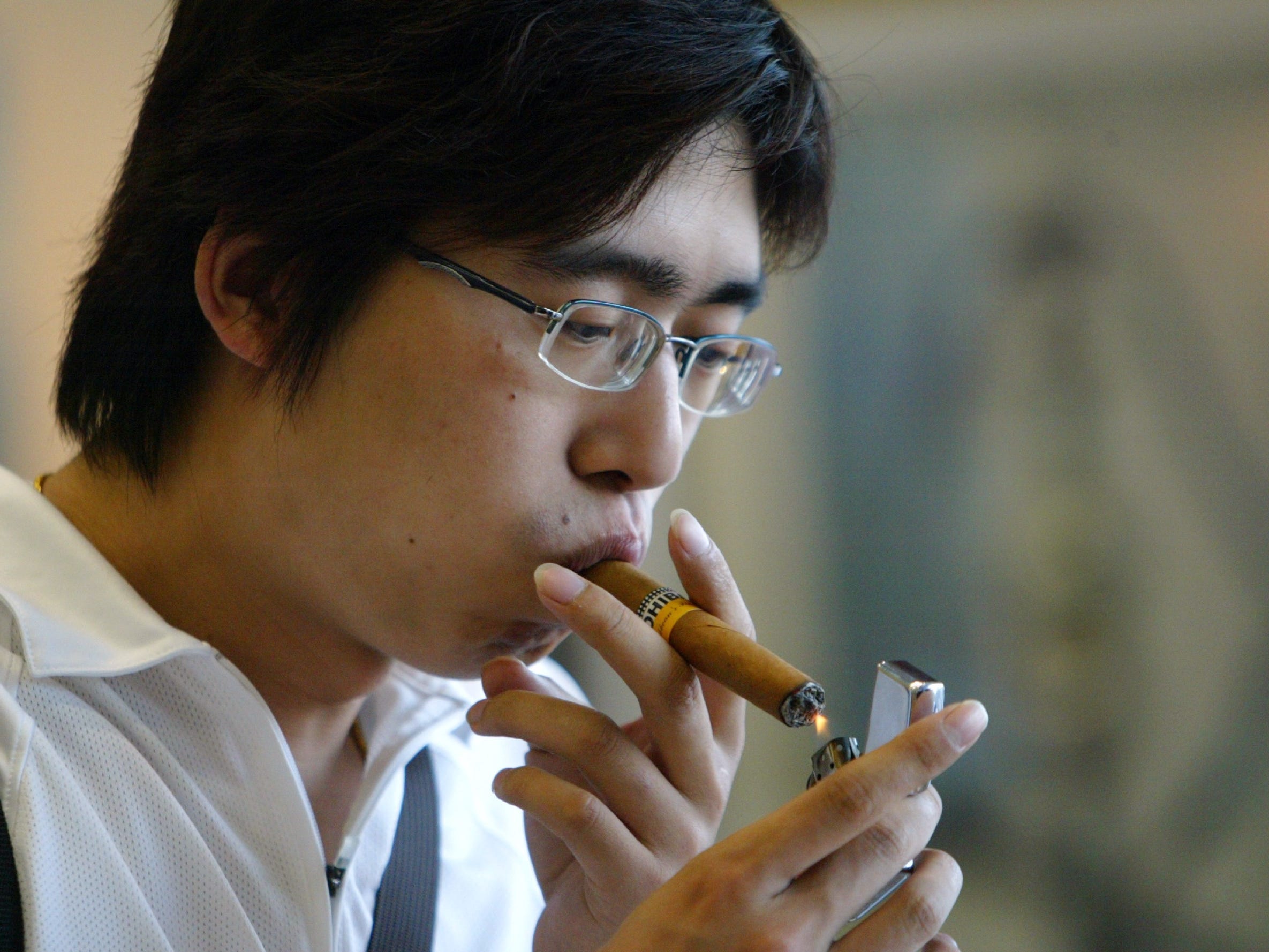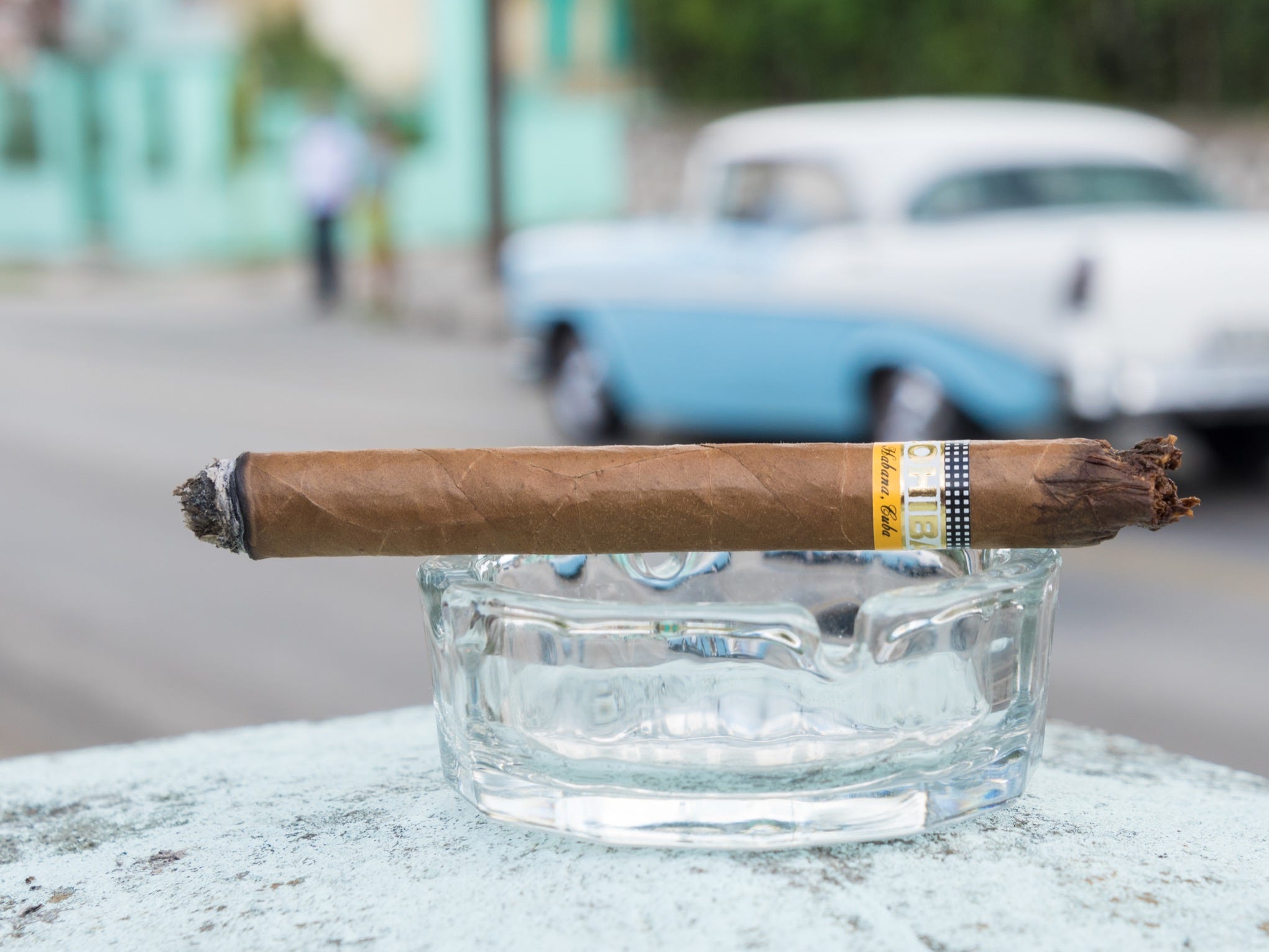
REUTERS/Aly Song
- China has become the world's biggest market for Cuban cigars, overtaking Spain.
- Sales in China have grown more than 50% in the past 6 years, Cuba's state cigar company, Habanos, said this week.
- A box of hand-rolled Cuban cigars – considered the best in the world – can cost thousands of dollars.
- See more stories on Insider's business page.
China has overtaken Spain to become the world's biggest market for pricey Cuban cigars, according to Habanos, Cuba's state-owned cigar company.
"For the first time in our history, China has become our No. 1 market in the world," Leopoldo Cintra González, Habanos' commercial vice president, said at a virtual press conference in Havana on Tuesday, as Cigar Aficionado reported.
Sales in China have grown more than 50% in the past 6 years, according to Habanos. In 2020 alone, they were up 5%.
Habanos has been eyeing opportunity in China in recent years. Habanos executive Jose Maria Lopez told China's Xinhua News Agency in 2018 that China was the company's "biggest emerging market with a potential for growth that is already materializing year after year."
In 2017, Habanos signed a deal with the China National Tobacco Corporation to promote Cuban cigars and boost sales in China. China is home to more than 300 million smokers – about one-third of the world's total – according to the World Health Organization.

Roberto Machado Noa/LightRocket via Getty Images
Despite rising sales in China, global Cuban cigar sales were down 4% last year due to the pandemic, bringing revenue to $507 million, Habanos said in a statement. As a region, Europe is still Habanos' biggest market that makes up 60% of sales, followed by the Asia Pacific, the Americas, and then Africa and the Middle East. Cuba is banned from selling its cigars to the US since a 1962 trade embargo signed by President John F. Kennedy.
Habanos' 27 cigar brands, which include Cohiba, Montecristo, and Partagas, are sold in more than 150 countries. Its hand-rolled cigars are considered the best in the world.
Cigar makers say the factors that make a Cuban cigar unique are the soil where it's grown, the climate of the region where it's grown, the manual labor, and the variety of black tobacco used, Andy Ash reported for Insider last year. Each Habanos cigar goes through roughly 500 manual tasks in the process to go from seed to cigar.
